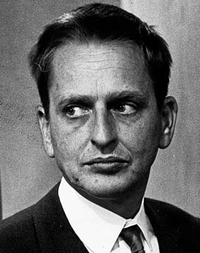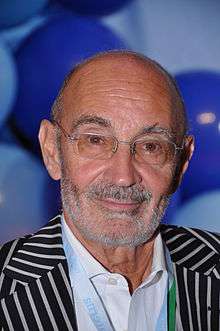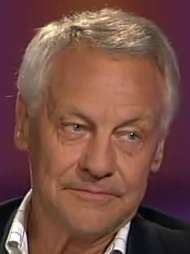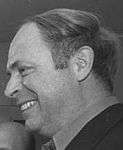Swedish general election, 1985
| | |||||||||||||||||||||||||||||||||||||||||||||||||||||||||||||||||||||||||||||||||||||||
| |||||||||||||||||||||||||||||||||||||||||||||||||||||||||||||||||||||||||||||||||||||||
| |||||||||||||||||||||||||||||||||||||||||||||||||||||||||||||||||||||||||||||||||||||||
| |||||||||||||||||||||||||||||||||||||||||||||||||||||||||||||||||||||||||||||||||||||||

General elections were held in Sweden on 15 September 1985.[1] The Swedish Social Democratic Party remained the largest party in the Riksdag, winning 159 of the 349 seats.[2]
Campaign
At a campaign meeting in Sundsvall on 22 August, Minister of Social Welfare Sten Andersson promised to increase the state pensions as a compensation for the price increases following the devaluation of the krona in 1982. The social democratic government also stressed that it had managed to decrease the budget deficit from 90 billion to 60 billion kronas. The Social Democrats (Socialdemokraterna) also promised not to increase taxes or lower the quality of the welfare system.
The Centre Party had a technical cooperation with the Christian Democrats. The Christian Democrats always received fewer votes than the 4% threshold for gaining seats to the Riksdag. The cooperation was criticized within the Centre Party. The aim was for both parties to gain votes but in the end, the Centre Party decreased its share of the votes compared to the previous election. The Christian Democrats only gained one seat in parliament for its leader, Alf Svensson.
The political debate was dominated by the Moderate Party and the Social Democrats. In January 1985, the Moderate Party had proposed in parliament a detailed plan with tax cuts and cuts in spending. The Social Democrats' leader Olof Palme managed to turn this against the Moderate Party by repeating the negative effects this would have on junior soccer teams. In an opinion poll by SIFO in June 1985 the Moderate Party was supported by 30 percent but their support decreased during the campaign.
The Liberal People's Party had chosen Bengt Westerberg as its party leader in October 1983 but he had had trouble getting his message through, not least because of the party's small size in parliament and only receiving a 5.9 percent support in the 1982 election. But in August Westerberg got a public breakthrough as a calm and honest politician compared to the constantly arguing Adelsohn and Palme. In the end, the Liberal People's Party was the big winner of the 1985 election by increasing its support to 14.2 percent.
Results
| Party | Votes | % | Seats | +/– |
|---|---|---|---|---|
| Swedish Social Democratic Party | 2,487,551 | 44.7 | 159 | –7 |
| Moderate Party | 1,187,335 | 21.3 | 76 | –10 |
| People's Party | 792,268 | 14.2 | 51 | +30 |
| Centre Party[a] | 490,999 | 8.8 | 43 | –13 |
| Left Party Communists | 298,419 | 5.4 | 19 | –1 |
| Christian Democratic Unity[a] | 131,548 | 2.4 | 0 | 0 |
| Green Party | 83,645 | 1.5 | 0 | 0 |
| Centre[a] | 73,711 | 1.3 | 1 | – |
| Other parties | 21,546 | 0.4 | 0 | 0 |
| Invalid/blank votes | 48,220 | – | – | – |
| Total | 5,615,242 | 100 | 349 | 0 |
| Registered voters/turnout | 6,249,445 | 89.9 | – | – |
| Source: Nohlen & Stöver | ||||
a The Centre Party and Christian Democratic Unity (CDU) ran a joint list known as Centre.[3] One CDU candidate was elected on the Centre list, the first time the party had had parliamentary representation.[2]
By municipality
-

Votes by municipality. The municipalities are the color of the party that got the most votes within the coalition that won relative majority.
-

Cartogram of the map to the left with each municipality rescaled to the number of valid votes cast.
-

Map showing the voting shifts from the 1982 to the 1985 election. Darker blue indicates a municipality voted more towards the parties that formed the centre-right bloc. Darker red indicates a municipality voted more towards the parties that form the left-wing bloc.
-

Votes by municipality as a scale from red/Left-wing bloc to blue/Centre-right bloc.
-

Cartogram of vote with each municipality rescaled in proportion to number of valid votes cast. Deeper blue represents a relative majority for the centre-right coalition, brighter red represents a relative majority for the left-wing coalition.



